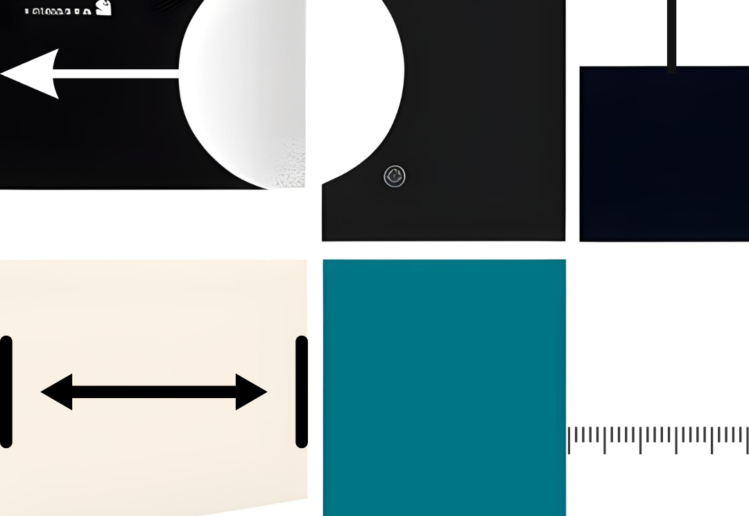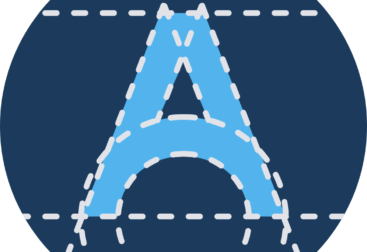Negative space, also known as white space, is the area around and between the elements in a design that is left intentionally blank. While some may see negative space as wasted space, it actually plays a crucial role in design, and understanding how to use it effectively can greatly enhance the impact of a design. Here are some ways negative space is used in design:
- Emphasize Key Elements: Negative space can be used to draw attention to the main focal point of a design. By surrounding the main element with ample negative space, the element becomes more prominent, and the viewer’s eye is naturally drawn to it.
- Create Balance: Negative space can help to balance a design and ensure that it is visually appealing. By giving elements room to breathe and separating them from one another with negative space, a designer can create a balanced composition.
- Improve Legibility: Negative space can help to improve the legibility of a design by providing contrast between the elements. By breaking up dense blocks of text with negative space, the text becomes easier to read.
- Convey Meaning: Negative space can also be used to convey meaning and add depth to a design. By using negative space to create shapes or images within the design, a designer can create a sense of intrigue and add layers of meaning to the design.
- Create Visual Interest: Negative space can be used to create visual interest and intrigue in a design. By using negative space creatively, a designer can create a sense of movement or depth, leading the viewer’s eye around the design.
By understanding the role of negative space in design, graphic designers can use it effectively to create designs that are visually appealing, engaging, and effective in conveying their intended message.





